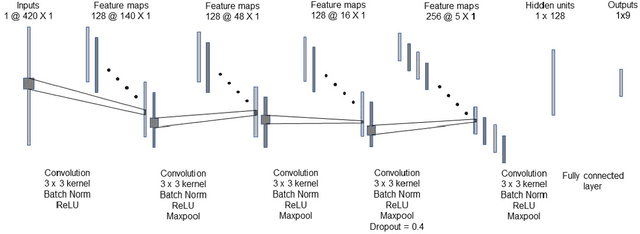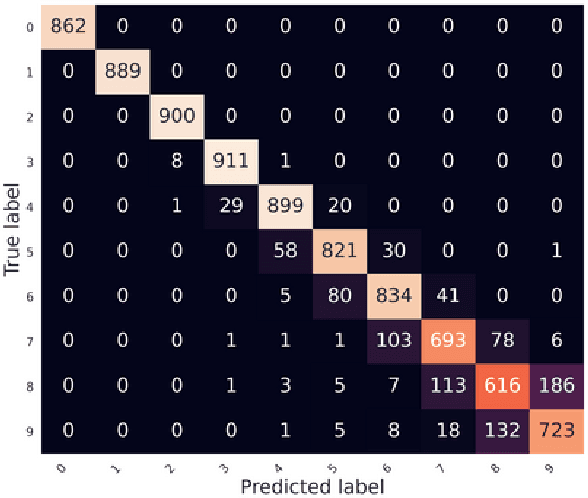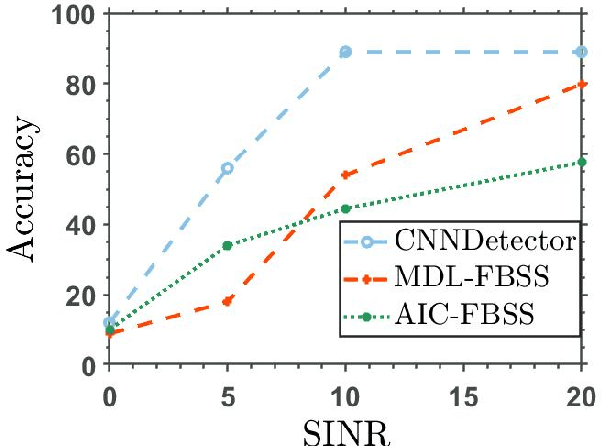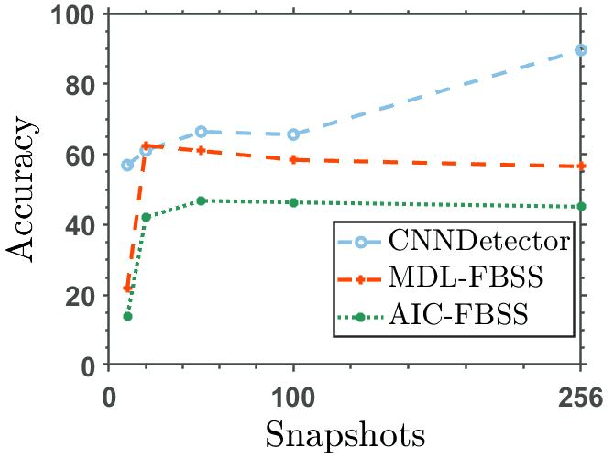Christos Christodoulou
Identifying Misinformation on YouTube through Transcript Contextual Analysis with Transformer Models
Jul 22, 2023


Abstract:Misinformation on YouTube is a significant concern, necessitating robust detection strategies. In this paper, we introduce a novel methodology for video classification, focusing on the veracity of the content. We convert the conventional video classification task into a text classification task by leveraging the textual content derived from the video transcripts. We employ advanced machine learning techniques like transfer learning to solve the classification challenge. Our approach incorporates two forms of transfer learning: (a) fine-tuning base transformer models such as BERT, RoBERTa, and ELECTRA, and (b) few-shot learning using sentence-transformers MPNet and RoBERTa-large. We apply the trained models to three datasets: (a) YouTube Vaccine-misinformation related videos, (b) YouTube Pseudoscience videos, and (c) Fake-News dataset (a collection of articles). Including the Fake-News dataset extended the evaluation of our approach beyond YouTube videos. Using these datasets, we evaluated the models distinguishing valid information from misinformation. The fine-tuned models yielded Matthews Correlation Coefficient>0.81, accuracy>0.90, and F1 score>0.90 in two of three datasets. Interestingly, the few-shot models outperformed the fine-tuned ones by 20% in both Accuracy and F1 score for the YouTube Pseudoscience dataset, highlighting the potential utility of this approach -- especially in the context of limited training data.
Source detection via multi-label classification
Sep 27, 2022



Abstract:The problem of radio source detection is reformulated as a multi-class classification problem and solved using deep learning frameworks. Incoming waveforms are sampled using a centro-symmetric linear array with omni-directional elements and the normalized upper triangle of the autocorrelation matrix is extracted as the input feature to an uni-dimensional (1D) CNN, trained to detect the sources in the presence of both uncorrelated and correlated signals. The detection algorithms are introduced and subsequently benchmarked against the conventional source detection algorithms. We stress test the algorithms for challenging operational conditions and present extensive evaluations to show the efficacy and contributions of the introduced predictive models.
 Add to Chrome
Add to Chrome Add to Firefox
Add to Firefox Add to Edge
Add to Edge